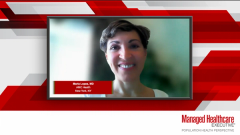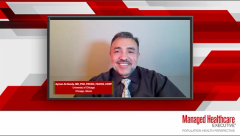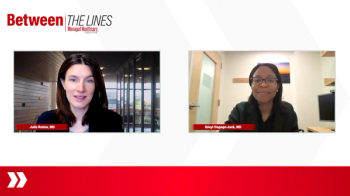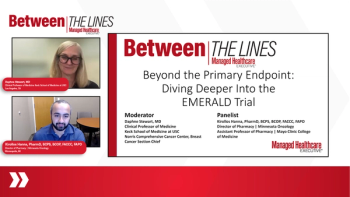
UF Treatment Goals
Dr Al-Hendy briefly explains how he determines treatment goals during initial workups for patients with UF.
Episodes in this series

Ayman Al-Hendy, MD, PhD, FRCSC, FACOG, CCRP: Treatment goals for patients with uterine fibroids is variable. The most important factor is the age of the patient, but there are many other factors, like severity of symptoms and what kind of symptoms. Many patients have heavy menstrual bleeding, but for that subgroup that I mentioned, about 15 to 20%, they mainly complain about bulk symptoms and not so much about the bleeding. This is all important, but the age is very important. Why? Because age also connects to fertility.
I’m at the University of Chicago, so I see a lot of our own students. They are very young, most of them aren’t ready to start a family, many of them might not even be in a relationship. They want to take care of their fibroid symptoms, but they want to preserve their fertility. [That’s different from] somebody who has a family, maybe already had a tubal ligation, is in her early 40s, and has different goals—mainly controlling symptoms, because fertility is not an issue for her. That group is also very close to menopause, with an average age of 52 years. It’s very common in perimenopause—the 10 years before menopause, let’s say 42 to 52—with a group that’s approaching menopause, to support them. Once you hit menopause, this issue will be self-resolved. Fibroids tend to grow, shrink, and melt away at menopause, so the age of the patient and her fertility interest are the most important.
This transcript has been edited for clarity.
Newsletter
Get the latest industry news, event updates, and more from Managed healthcare Executive.
























































